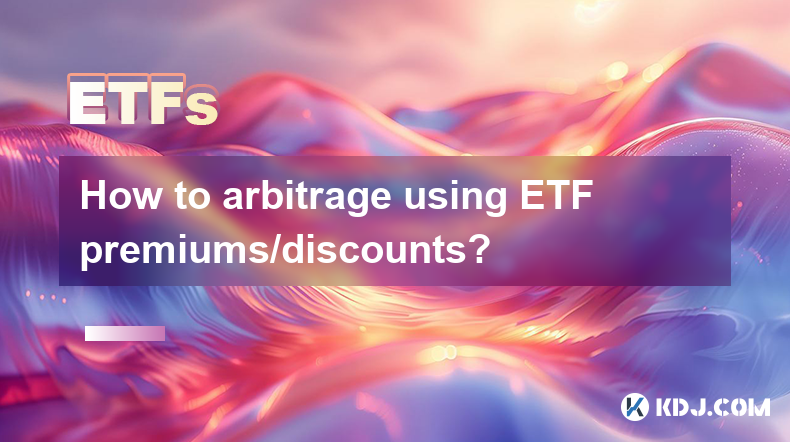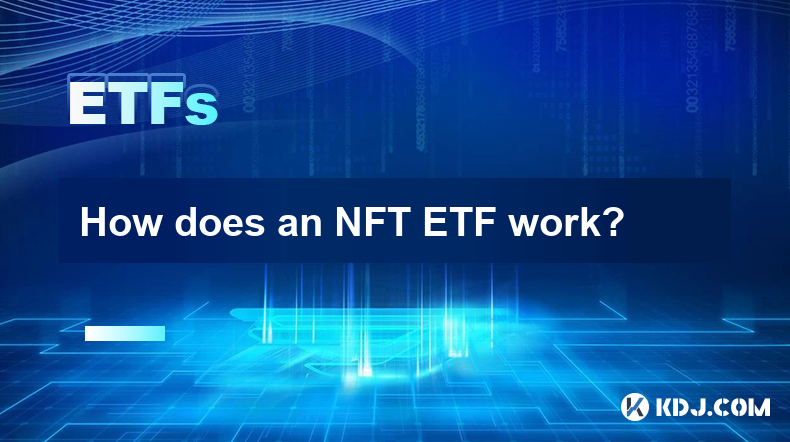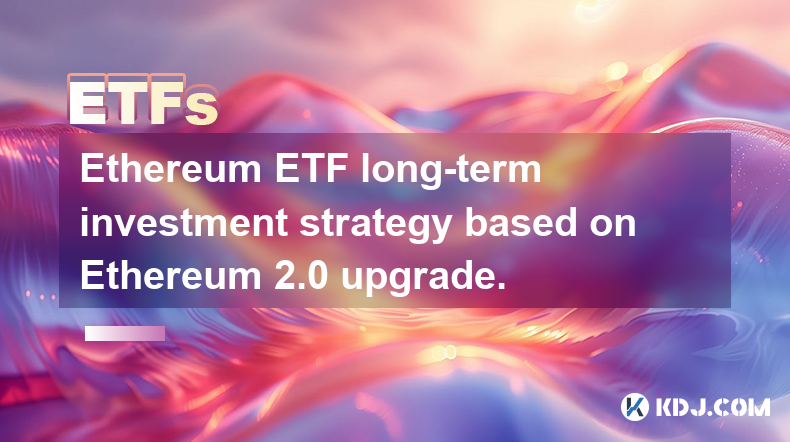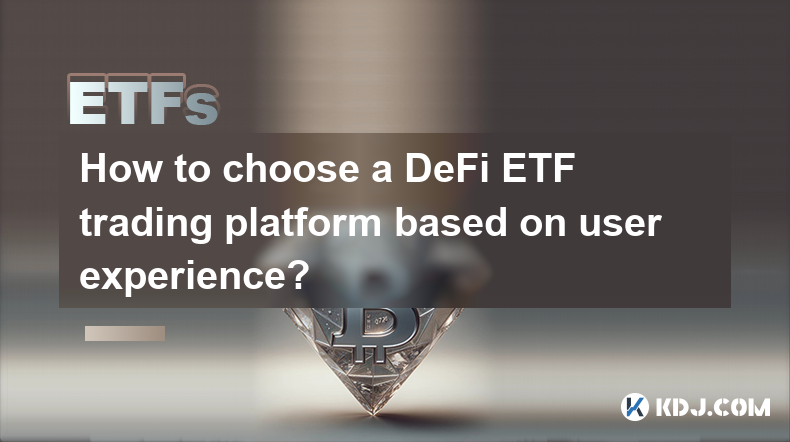-
 Bitcoin
Bitcoin $98,059.2526
1.32% -
 Ethereum
Ethereum $2,693.5650
-0.83% -
 Tether USDt
Tether USDt $1.0006
0.03% -
 XRP
XRP $2.4466
5.50% -
 Solana
Solana $195.9999
2.76% -
 BNB
BNB $581.0291
0.75% -
 USDC
USDC $1.0002
0.02% -
 Dogecoin
Dogecoin $0.2521
1.68% -
 Cardano
Cardano $0.7246
2.02% -
 TRON
TRON $0.2318
1.42% -
 Chainlink
Chainlink $18.8967
0.99% -
 Avalanche
Avalanche $25.0508
0.54% -
 Stellar
Stellar $0.3345
4.52% -
 Sui
Sui $3.1632
-0.28% -
 Toncoin
Toncoin $3.7778
-0.04% -
 Hedera
Hedera $0.2385
2.89% -
 UNUS SED LEO
UNUS SED LEO $9.7949
-0.07% -
 Shiba Inu
Shiba Inu $0.0...01520
0.68% -
 Bitget Token
Bitget Token $6.6445
0.21% -
 Litecoin
Litecoin $104.6029
3.27% -
 Hyperliquid
Hyperliquid $23.2486
-3.58% -
 Polkadot
Polkadot $4.7402
4.38% -
 Bitcoin Cash
Bitcoin Cash $325.9812
2.67% -
 Ethena USDe
Ethena USDe $1.0004
0.02% -
 MANTRA
MANTRA $6.1719
10.91% -
 Uniswap
Uniswap $9.0202
-0.34% -
 Dai
Dai $0.9999
-0.02% -
 Ondo
Ondo $1.4062
8.72% -
 Monero
Monero $215.2364
-5.55% -
 Pepe
Pepe $0.0...09336
-0.90%
How to arbitrage using ETF premiums/discounts?
By identifying ETFs with significant premiums or discounts in the cryptocurrency market, traders can execute arbitrage trades to exploit temporary price inefficiencies and capture profits.
Jan 07, 2025 at 04:45 am

Key Points:
- Understand the concept of ETF premiums/discounts
- Identify arbitrage opportunities in the cryptocurrency market using ETF premiums/discounts
- Execute arbitrage trades to capitalize on market inefficiencies
- Manage risk associated with arbitrage trading
How to Arbitrage Using ETF Premiums/Discounts
1. Determine ETF Premium/Discount:
Begin by understanding the premium or discount at which an ETF trades compared to its underlying assets. Premiums indicate that the ETF trades above its net asset value (NAV), while discounts indicate trading below NAV. The size of the premium/discount determines the potential arbitrage opportunity.
2. Identify Arbitrage Opportunities:
Search for ETFs with significant premiums/discounts in the cryptocurrency market. Monitor ETF prices and compare them to the underlying asset prices in real-time to identify deviations. Focus on ETFs with higher liquidity to facilitate quick execution of trades.
3. Execute Arbitrage Trade:
If an ETF trades at a premium, buy the underlying assets directly and sell the ETF to pocket the difference. Conversely, if an ETF trades at a discount, sell the underlying assets and buy the ETF to capture the arbitrage profit.
4. Monitor Trade Execution:
Continuously monitor the execution of arbitrage trades to ensure timely execution at the desired prices. Track both the ETF and underlying asset prices to identify any changes that could impact the arbitrage profit.
5. Manage Risk:
Arbitrage trading involves market risk, liquidity risk, and execution risk. Manage risk by diversifying trades, setting stop-loss orders, and ensuring adequate liquidity in the underlying markets.
FAQs
Q: What is the average premium/discount range for cryptocurrency ETFs?
A: The premium/discount range varies depending on the specific ETF and market conditions. Typical ranges for cryptocurrency ETFs are between -5% and 5%, although larger deviations may occur during periods of high volatility.
Q: Is it possible to make a profit from ETF premiums/discounts?
A: Yes, arbitrage trading can potentially yield profits by exploiting temporary price inefficiencies between ETFs and their underlying assets. However, it is crucial to carefully assess the risks involved and implement proper risk management measures.
Q: What are the most common challenges in arbitrage trading?
A: The most common challenges include identifying reliable arbitrage opportunities, overcoming liquidity limitations, and managing the execution risk associated with rapid market movements. It also requires a deep understanding of the underlying cryptocurrency market and the ability to act quickly.
Q: Can arbitrage strategies be automated?
A: Yes, it is possible to automate certain aspects of arbitrage strategies using trading bots or algorithms. However, automation does not eliminate the need for human intervention and understanding of the underlying market dynamics.
Q: Are there any legal or regulatory considerations for arbitrage trading?
A: It is essential to comply with all applicable laws and regulations governing cryptocurrency trading. This includes understanding any restrictions or reporting requirements related to arbitrage strategies. Consult with a legal professional or regulatory authority for specific guidance.
Disclaimer:info@kdj.com
The information provided is not trading advice. kdj.com does not assume any responsibility for any investments made based on the information provided in this article. Cryptocurrencies are highly volatile and it is highly recommended that you invest with caution after thorough research!
If you believe that the content used on this website infringes your copyright, please contact us immediately (info@kdj.com) and we will delete it promptly.
- Binance: The Crypto Powerhouse That Transformed the Digital Asset Landscape
- 2025-02-08 00:56:05
- Dogecoin Price Eyes $10 Surge: Will $0.19 Hold the Line?
- 2025-02-08 00:56:05
- Mutuum Finance (MUTM) Presale Raises $71.45k, Likened to Solana's Rapid Ascent
- 2025-02-08 00:56:05
- The Best Cryptos for Beginners in 2023: Arctic Pablo Coin, Pudgy Penguins, Just a Chill Guy, Turbo, and Memecoin
- 2025-02-08 00:56:05
- Bitcoin (BTC) Hits Record $108,786 High, Marking a Historical Milestone for the Cryptocurrency Market
- 2025-02-08 00:56:05
- Bonk (BONK) Price Prediction: BONK/USD Down 30% Despite Massive Token Burns
- 2025-02-08 00:46:04
Related knowledge

How to trade Bitcoin ETFs with leverage?
Jan 08,2025 at 03:03pm
Key Points:Introduction to Bitcoin ETFsTypes of Bitcoin ETFsHow to Choose a Bitcoin ETFTrading Bitcoin ETFs with LeverageRisk Management ConsiderationsBest Platforms for Trading Bitcoin ETFs with Leverage1. Introduction to Bitcoin ETFsBitcoin exchange-traded funds (ETFs) are investment vehicles that track the price of Bitcoin, allowing investors to gain...

How does an NFT ETF work?
Jan 06,2025 at 05:02pm
Key Points:NFT ETFs aim to provide exposure to the underlying value of NFTs without the need for direct ownership.They offer diversification, liquidity, and lower barriers to entry compared to investing in individual NFTs.NFT ETFs may track baskets of NFTs or market capitalization-weighted indexes of NFT assets.Due to the nascent and evolving nature of ...

Ethereum ETF long-term investment strategy based on Ethereum 2.0 upgrade.
Jan 08,2025 at 01:06am
Key Points:Understanding Ethereum 2.0 and its implications for long-term investment in Ethereum ETFsIdentifying potential risks and challenges associated with Ethereum ETFsDeveloping a comprehensive investment strategy that aligns with your financial goals and risk toleranceEthereum ETF Long-Term Investment Strategy Based on Ethereum 2.0 UpgradeUndersta...

How to choose a DeFi ETF trading platform based on user experience?
Jan 10,2025 at 07:32am
Key Points:Consider platform usability and user interface design.Evaluate trading fees and liquidity.Assess security measures and track record.Look for educational resources and customer support.Review the platform's community involvement and transparency.How to Choose a DeFi ETF Trading Platform:1. UX and UI Design:Choose platforms with beginner-friend...

What is the daily rebalancing mechanism for inverse ETFs?
Jan 09,2025 at 08:30pm
Key Points:Definition of inverse ETFsDaily rebalancing mechanismFeatures of inverse ETFsBenefits of inverse ETFsRisks associated with inverse ETFsWhat are Inverse ETFs?Inverse ETFs, also known as inverse exchange-traded funds, are financial instruments designed to provide returns that are inversely correlated to the performance of an underlying index or...

How to judge the reliability of a trading platform?
Jan 07,2025 at 06:18pm
Key PointsSecurity Measures: Assess the platform's security features, such as two-factor authentication (2FA), cold storage of funds, and insurance coverage.Transparency and Regulation: Evaluate the platform's regulatory status, compliance with anti-money laundering (AML) and know-your-customer (KYC) regulations, and financial statements.Market Depth an...

How to trade Bitcoin ETFs with leverage?
Jan 08,2025 at 03:03pm
Key Points:Introduction to Bitcoin ETFsTypes of Bitcoin ETFsHow to Choose a Bitcoin ETFTrading Bitcoin ETFs with LeverageRisk Management ConsiderationsBest Platforms for Trading Bitcoin ETFs with Leverage1. Introduction to Bitcoin ETFsBitcoin exchange-traded funds (ETFs) are investment vehicles that track the price of Bitcoin, allowing investors to gain...

How does an NFT ETF work?
Jan 06,2025 at 05:02pm
Key Points:NFT ETFs aim to provide exposure to the underlying value of NFTs without the need for direct ownership.They offer diversification, liquidity, and lower barriers to entry compared to investing in individual NFTs.NFT ETFs may track baskets of NFTs or market capitalization-weighted indexes of NFT assets.Due to the nascent and evolving nature of ...

Ethereum ETF long-term investment strategy based on Ethereum 2.0 upgrade.
Jan 08,2025 at 01:06am
Key Points:Understanding Ethereum 2.0 and its implications for long-term investment in Ethereum ETFsIdentifying potential risks and challenges associated with Ethereum ETFsDeveloping a comprehensive investment strategy that aligns with your financial goals and risk toleranceEthereum ETF Long-Term Investment Strategy Based on Ethereum 2.0 UpgradeUndersta...

How to choose a DeFi ETF trading platform based on user experience?
Jan 10,2025 at 07:32am
Key Points:Consider platform usability and user interface design.Evaluate trading fees and liquidity.Assess security measures and track record.Look for educational resources and customer support.Review the platform's community involvement and transparency.How to Choose a DeFi ETF Trading Platform:1. UX and UI Design:Choose platforms with beginner-friend...

What is the daily rebalancing mechanism for inverse ETFs?
Jan 09,2025 at 08:30pm
Key Points:Definition of inverse ETFsDaily rebalancing mechanismFeatures of inverse ETFsBenefits of inverse ETFsRisks associated with inverse ETFsWhat are Inverse ETFs?Inverse ETFs, also known as inverse exchange-traded funds, are financial instruments designed to provide returns that are inversely correlated to the performance of an underlying index or...

How to judge the reliability of a trading platform?
Jan 07,2025 at 06:18pm
Key PointsSecurity Measures: Assess the platform's security features, such as two-factor authentication (2FA), cold storage of funds, and insurance coverage.Transparency and Regulation: Evaluate the platform's regulatory status, compliance with anti-money laundering (AML) and know-your-customer (KYC) regulations, and financial statements.Market Depth an...
See all articles





















































































